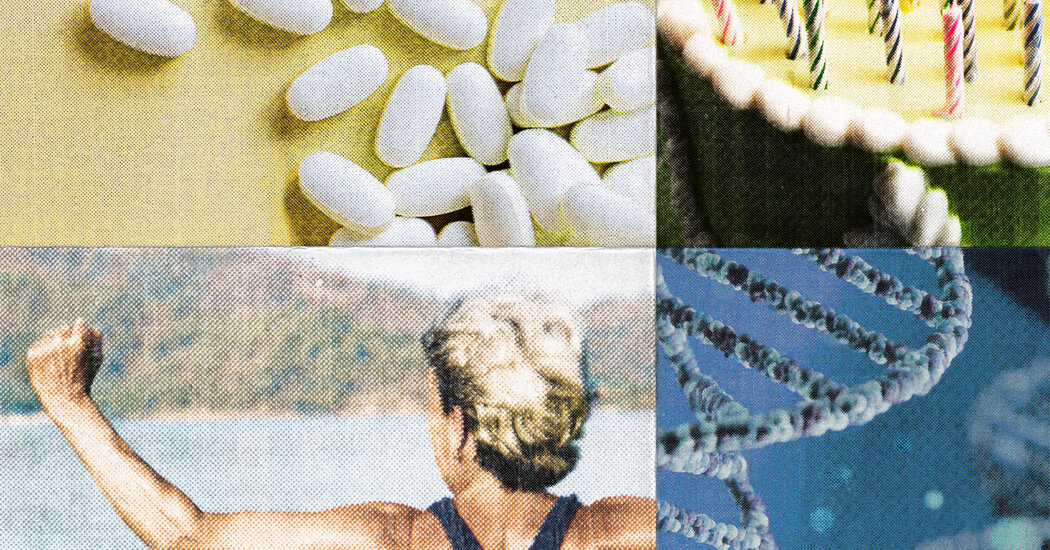Copyright The Boston Globe

“This is a huge issue that costs, literally, … billions of dollars,” he added. That’s the kind of potential Liu sees in the work of the Rhode Island-based company he co-founded. According to Liu, Pax Therapeutics is developing an injection to heal tendon and ligament injuries faster and stronger with the use of gene therapy, reducing healing times to potentially weeks or months. Liu spoke with the Globe about the current issues in tendon and ligament repair, gene therapy, and the ongoing work of Pax Therapeutics. Q. What are the current challenges in healing tendon and ligament injuries? Liu: You can’t primarily repair these structures in general … In the flexor tendons of your hand or in the ligaments of your knees, there’s not much room for anything else. You can’t loop a whole bunch of suture into the area and expect it to hold with any strength, because it frays. So that’s a challenge. The materials that we use to primarily repair those structures, they’ve made progress, and especially [for] flexor tendons, they’ve made progress, but not in ligaments. You use a piece of ligament from an adjacent structure or even a cadaveric ligament. [But] the correct bio materials have never really been identified to replace the structures. We used to immobilize a cut tendon and we would start to gently move it at eight weeks, and you could start to get a little bit of motion, but you ended up with stiffness that was affecting probably half of the patients that we would operate on. The watch word recently became early active motion. You repair the tendon and you start to move it earlier, but then you run the risk of rupturing the repair. If you can get the tendon to heal stronger faster, you can move it more and not have adhesions that build up, and not have scar tissue that builds up. And that’s the beauty of our system. What exactly is Pax Therapeutics developing? What we developed was an adeno-associated viral vector to get this gene into healing tendons and ligaments, and this gene [has a] vascular endothelial growth factor. When we did the analysis of the experiments ... it actually caused more of the good type of collagen, which is what we call type one collagen. It’s the strongest kind that’s out there. We found that our system maximized the amount of type one collagen that’s formed very early on. In fact, we got a 350 percent increase in tensile strength in a tendon that we’ve put back together again with our thing. That’s unheard of. In other words, it exceeds the strength of unwounded tendon by eight weeks, and there’s nothing out there that does that. So this is a shot that a surgeon would give a patient either before surgery or during surgery? Correct. If I’m on call in the emergency room at Rhode Island hospital during a busy summer month — people are outside, they’re interacting with the environment, and they’re hurting themselves, whether it’s using power tools, whether it is cutting open an avocado for your avocado toast, and the thing slips and you cut your your palm, you end up with a flexor tendon injury. Those have to go to the [operating room]. You have to repair it, and if you’re in the O.R. anyway, we figure, OK, let’s put the tendon back together again and inject our stuff into it and see if we can then improve the strength of it so we can start to move it [so that it] keeps the adhesions from forming and allows greater strength and mobility. Why do you see gene therapy as a useful way to treat these injuries? It’s a hugely powerful technique. We’re basically harnessing the cell’s manufacturing apparatus to produce drugs for us, and that’s always going to be cheaper and more efficient than using pharma. Have you moved to clinical trials? What we need before we can get our drug into human trials is an “Investigational New Drug” designation by the FDA. We have done all the ... IND qualifying studies, but what we need is to raise enough money to basically fabricate under what are called GMP conditions, good manufacturing practice conditions. We finished our seed round. We raised $1.6, $1.7 million in that. So we have a runway. We can continue to do this, and in the meantime, we got a grant from Rhode Island Life Science [Hub] to help us in our [“Investigational New Drug”] submission. So that was a big help. This interview has been condensed and edited for clarity. The Boston Globe’s weekly Ocean State Innovators column features a Q&A with Rhode Island innovators who are starting new businesses and nonprofits, conducting groundbreaking research, and reshaping the state’s economy. Send tips and suggestions to rinews@globe.com.



